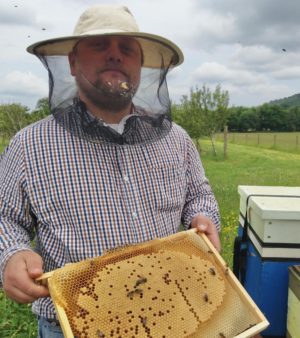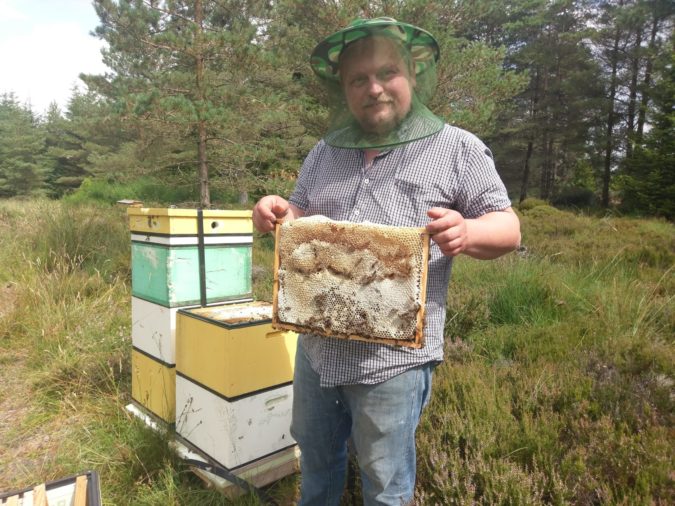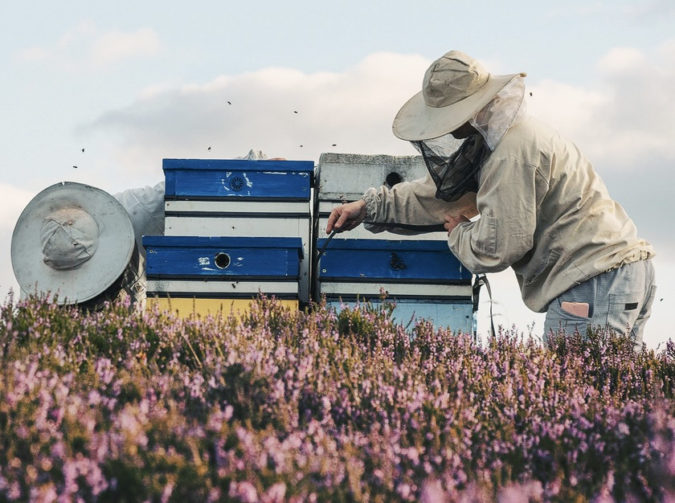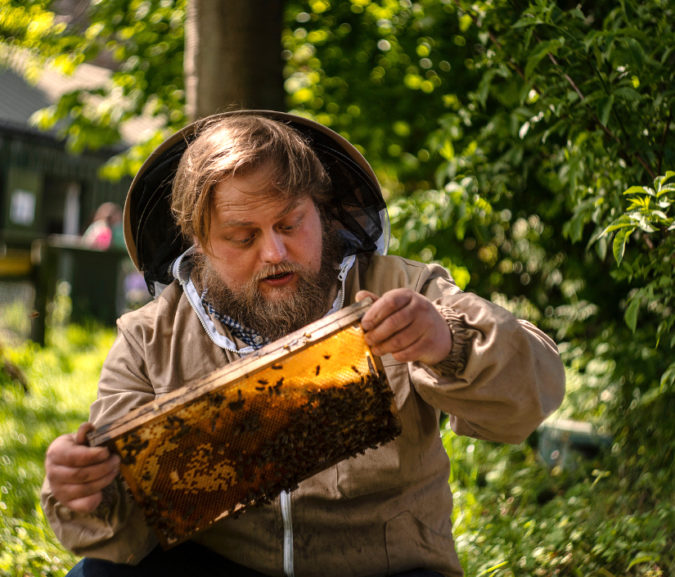Honey from the woodlands of Scotland.

Beekeeping has a long and rich history in Scotland, dating back to the early medieval period. The country's rugged terrain and abundant natural resources have made it an ideal location for beekeepers, who have been keeping bees in the woods for centuries.
In recent years, there has been a growing interest in keeping bees in Scotland's woodland areas. This approach has many benefits, both for the bees and for the surrounding environment. In this post, we will explore the historical aspects of woodland apiaries in Scotland, as well as the advantages of this approach to beekeeping.
Historical Aspects
Historically, bees were kept in a variety of different locations, including meadows, hedgerows, and woodland areas. In Scotland, woodland apiaries were particularly popular, as they offered a number of advantages over other locations. For one thing, the trees provided shelter and protection from the elements, which was particularly important in Scotland's often harsh climate. Woodland areas also provided a rich source of food for the bees. In the spring, the trees would produce large amounts of nectar and pollen, which the bees could gather and use to build up their strength and numbers. This meant that the bees were able to produce more honey, which was an important source of food and income for the beekeepers.

Over time, beekeeping became an important part of Scotland's rural economy. Beekeepers would sell their honey and beeswax to local markets, and the trade in bees and bee products became an important source of income for many families.
Advantages of Keeping Bees in the Woods
Today, there are many advantages to keeping bees in Scotland's woodland areas. For one thing, the trees provide a natural shelter for the bees, which helps to protect them from predators and harsh weather conditions. This means that the bees are more likely to survive and thrive, which is good news for both the bees and the beekeeper.

Another advantage of woodland apiaries is that they provide a rich source of food for the bees. In addition to the nectar and pollen produced by the trees, there are often wildflowers and other plants growing in the surrounding area. This means that the bees have a diverse and varied diet, which can help to improve their overall health and wellbeing.
Keeping bees in the woods can also be beneficial for the surrounding environment. Bees are important pollinators, and their presence can help to increase the productivity of local ecosystems. By keeping bees in woodland areas, beekeepers can help to support biodiversity and promote the health of local ecosystems.

Conclusion
Keeping bees in the woods has a long and rich history in Scotland. From early medieval times, beekeepers have recognised the many benefits of this approach to beekeeping. Today, this tradition continues, with many beekeepers in Scotland choosing to keep their bees in woodland apiaries.
There are many advantages to this approach, both for the bees and for the surrounding environment. Woodland apiaries provide natural shelter and food for the bees, and can help to support local ecosystems. By choosing to keep bees in the woods, beekeepers can help to continue this important tradition, and ensure the ongoing health and wellbeing of their bees."
Comments are closed for this post.
Discussion
Wondering about the impact of Apis mellifera on our native, wild pollinators whose homes are in woodland?

Article about honey bees and wild bees :
https://www.scientificamerican.com/article/the-problem-with-honey-bees/
John
14 March, 2023